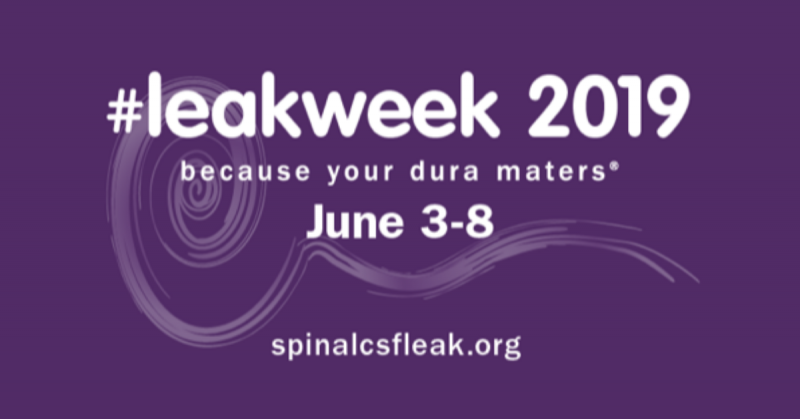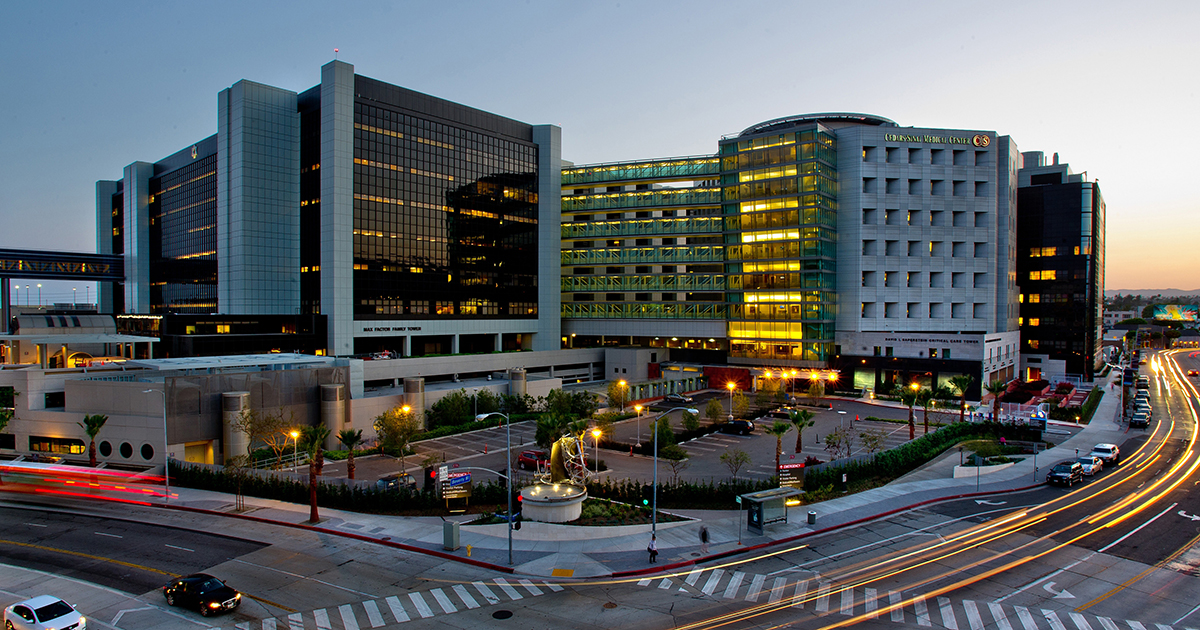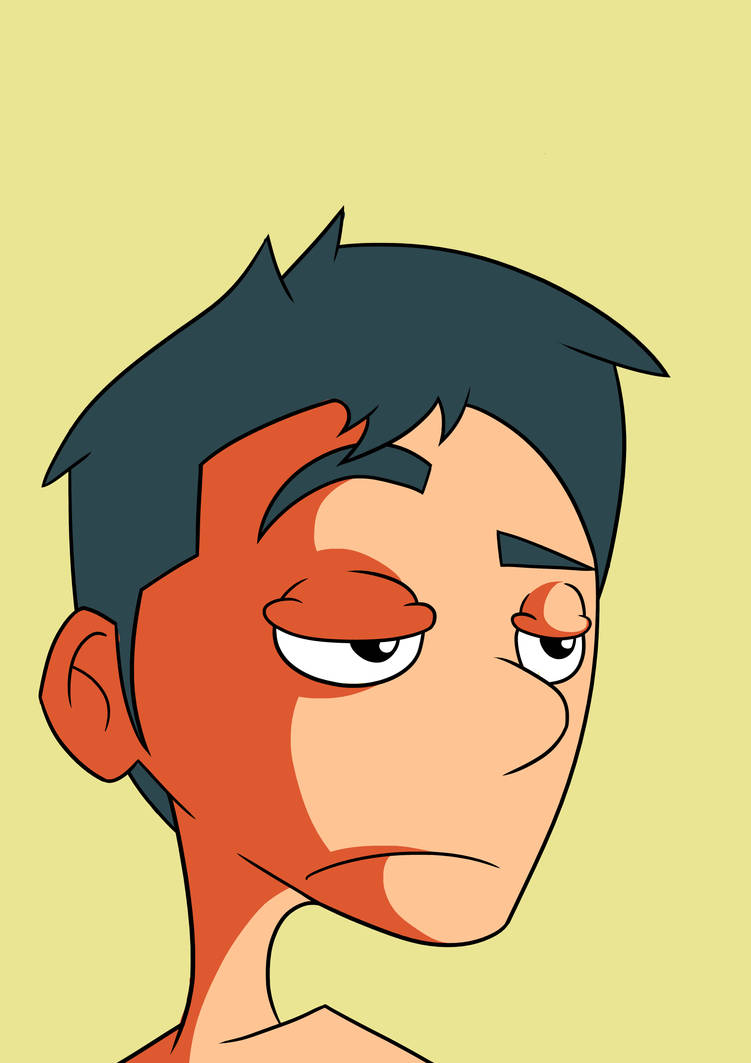See part 1 (4/2/19) and part 2 (8/7/19) for background.
We had arrived at the hospital at 5 am and were pleased to discover that my wife's patient number was the first one listed on the operating room monitor. Other patients and their families had filtered in over the following couple of hours. Eventually they took my wife to pre-op. The variety of small human dramas that played out before me among the room's occupants was distracting. Not just from my work, but also from the fact that my wife was somewhere beyond the nearby double doors preparing for a major surgical operation.
Thankfully, I wasn't terribly nervous. Two days earlier my wife had undergone an imaging process called a digital subtraction myelogram, which itself was a serious procedure done in an operating room. They employed general anesthesia and literally stopped my wife's breathing for up to 90 seconds at a time to get images uncorrupted by bodily movement.
They can only do the myelogram on one side of the spine at a time, so there was a chance that a second myelogram would be needed the following day. But the doctor strongly suspected that the CSF leak would be found on the left side and he was correct.
The myelogram revealed a veinous structure that had attached itself to the dura mater in the T11-T12 area of the spine. It was sucking CSF out of what is supposed to be a closed system. This resulted in intracranial hypotension, nonstop severe headaches, hearing disparity, and mental fog; symptoms that had significantly impacted my wife's life quality for more than 14 months.
The doctor was so thrilled with the myelogram images that he sent them to a colleague in the UK whom he had recently trained, as an example of what to look for. He explained that this image revealed exactly where the problem was. As perhaps the world's foremost expert on this condition, this doctor had performed hundreds (perhaps thousands) of similar surgeries with good results. He said that this was the sole problem and that he could fix it. So we were hopeful.
Hours passed as I sat in the waiting room working away. I quite enjoyed watching one family that brought six adults and one older teen to accompany their loved one. This family obviously loved each other. Finally, seven hours after arriving, I was guided to the post-op center, where my wife was groggily recovering from the anesthesia. Bit by bit, she became more coherent.
The doctor dropped by and jauntily explained how he had put an aneurysm clip on the veinous structure, completely stopping the leak. He made it sound like a 30-second procedure. But my wife had been in surgery for hours and ended up spending three days in the hospital following the surgery. This was no minor procedure.
During the three days my wife was in the hospital, she was given a lot of drugs for pain management. She shifted from having low-pressure headaches to having high-pressure headaches. The doctor explained that it would take time for her body to stop over-manufacturing CSF, which it had been doing to try to compensate for the leak.
They gave my wife a medication that helped reduce the CSF overproduction. It contained a sulfa derivative. We knew that my wife had a sulfa allergy, but we determined to use the drug anyway. The drug was very helpful, but my wife later developed some histamine responses before she was able to discontinue the drug a week and a half later.
About a day and a half after being released from the hospital, my wife was finally "herself" again. She never thought she wasn't her normal self. But I knew otherwise. She did much better as she dialed back on the drugs they sent home with us.
Speaking of home, we were many hundreds of miles away from home. During our July trip to Cedars-Sinai, we stayed in a hotel that was a little over a mile away from the medical center. The room was clean. But it was cramped. We grew to despise being in that puny room. The neighborhood and the facility itself felt unsafe. Sometimes you could find homeless people crashed in the corner of the tiny parking garage or using the tiny restroom across from the little main office. We were so glad to leave.
This time around, we opted for an Airbnb apartment a block away from the hospital. For a few dollars more per night than we had spent for a crappy, puny, less-than-safe hotel room, we got an entire apartment with two bedrooms, two full baths, a living room, a dining room, and an equipped kitchen, in a safe building with a gated parking garage. The neighborhood felt relatively safe. We didn't get a free continental breakfast like we did at the scary hotel, but we hardly cared.
At the apartment, I had a desk to work at, a nice couch, and an entertainment center. I liked the beds so well that I pulled up the mattress to get the info from the tag. I seriously wanted to replace our mattress at home with one like we had at the apartment. This was our first time using Airbnb, and we were very pleased. It really felt like a home away from home. Two thumbs up.
It's a good thing we had a decent place to stay. We had to remain in LA for several days to await my wife's follow-up appointment with the surgeon. They checked her over pretty carefully and gave us final instructions, before clearing her to go home. We had been told all along that my wife would need to restrict bending, twisting, and lifting for a month following the surgery and that she would then need to do some physical therapy to rehabilitate the surgical site.
It has been almost a month since my wife's surgery. Her high-pressure headaches have pretty much abated, as the doctor said they would. She has been careful, as prescribed. Unfortunately, she caught a virus that kept her down for awhile. She now thinks this was a boon, because she otherwise would have felt good enough to undertake activities she was supposed to avoid. Physical therapy will begin later this week.
While my wife is still dealing with the aftermath of the surgery, she says that it was worth it to get rid of the CSF leak. When I asked her to compare how she feels today with how she was feeling before any of this CSF leak mess started, she told me to ask her again in three months when she is fully recovered. But she affirms that the surgery and its aftermath were small prices to pay for the relief she is experiencing.
The surgeon told us that after my wife fully recovers from the surgery, she should have no restrictions and that her condition should pretty much be as if she never had a CSF leak at all. Well, except for the three-inch incision scar in the middle of her back. I suppose we can consider that a souvenir of this interesting experience. That, and our stack of medical bills.
Even with good insurance, this CSF leak has cost us a lot of money out of pocket. We count ourselves lucky to have found one of the world's greatest experts in CSF leaks and the facility where he works to be on our insurance preferred provider list. How many people lack such a boon? How many people with CSF leaks are struggling with daily pain like my wife was, but without any knowledge of how to fix it, or even hope that it can be fixed? We have many blessings to count.
Update 1/21/2020: This story isn't over yet. More problems have ensued. We're headed back to Los Angeles in a few weeks for more invasive surgery. They can't even really tell us what that will look like until they do more imaging the day prior to the surgery. But my wife's hospital stay is slated to be longer. I will write about how it all goes.
Update 1/21/2020: This story isn't over yet. More problems have ensued. We're headed back to Los Angeles in a few weeks for more invasive surgery. They can't even really tell us what that will look like until they do more imaging the day prior to the surgery. But my wife's hospital stay is slated to be longer. I will write about how it all goes.
See part 4 for more of the story.



















